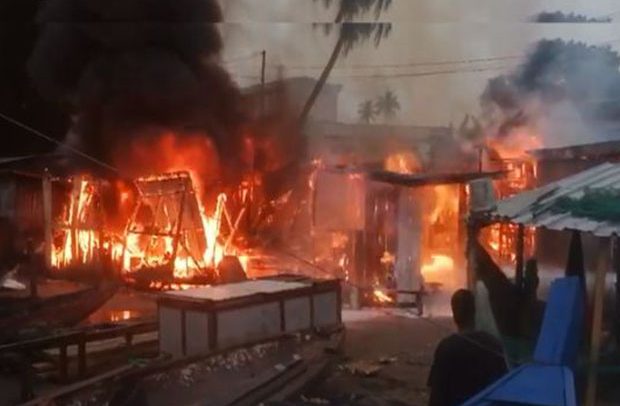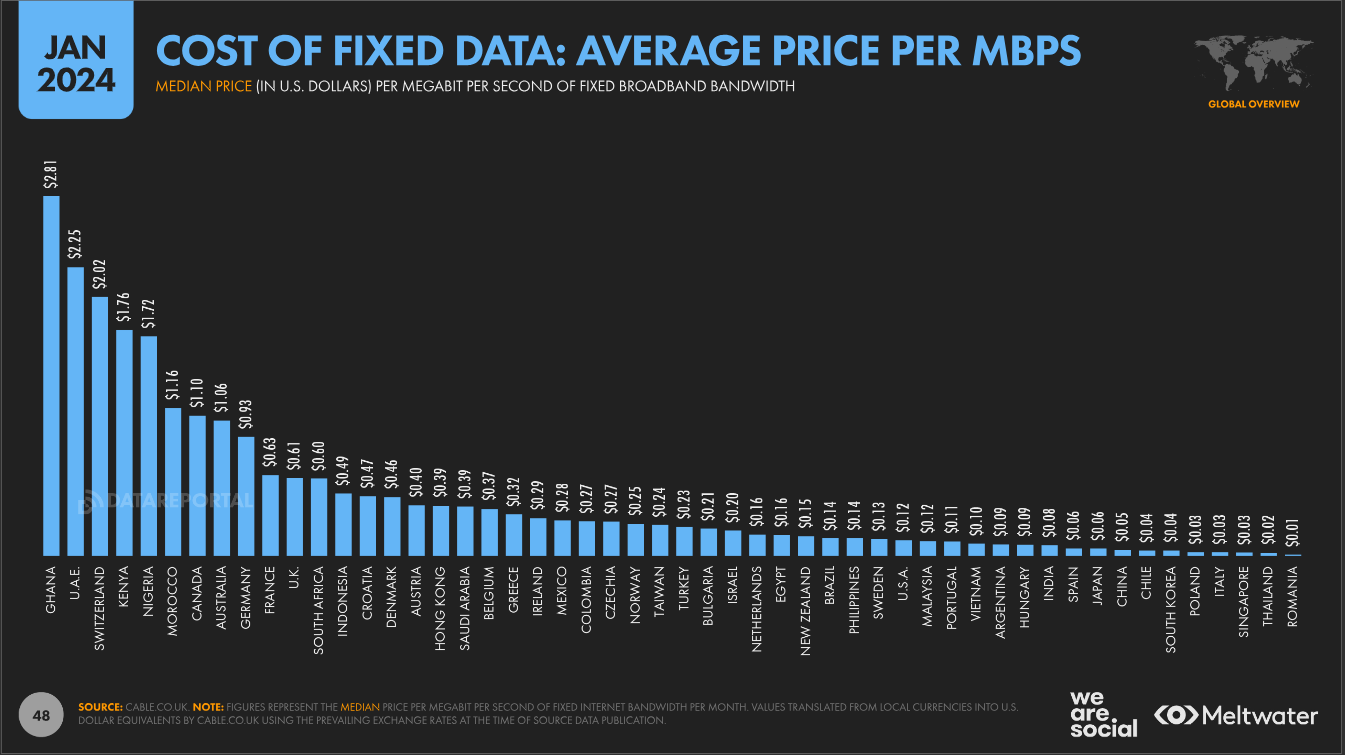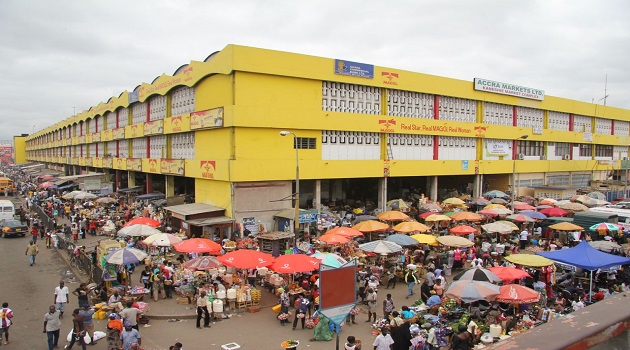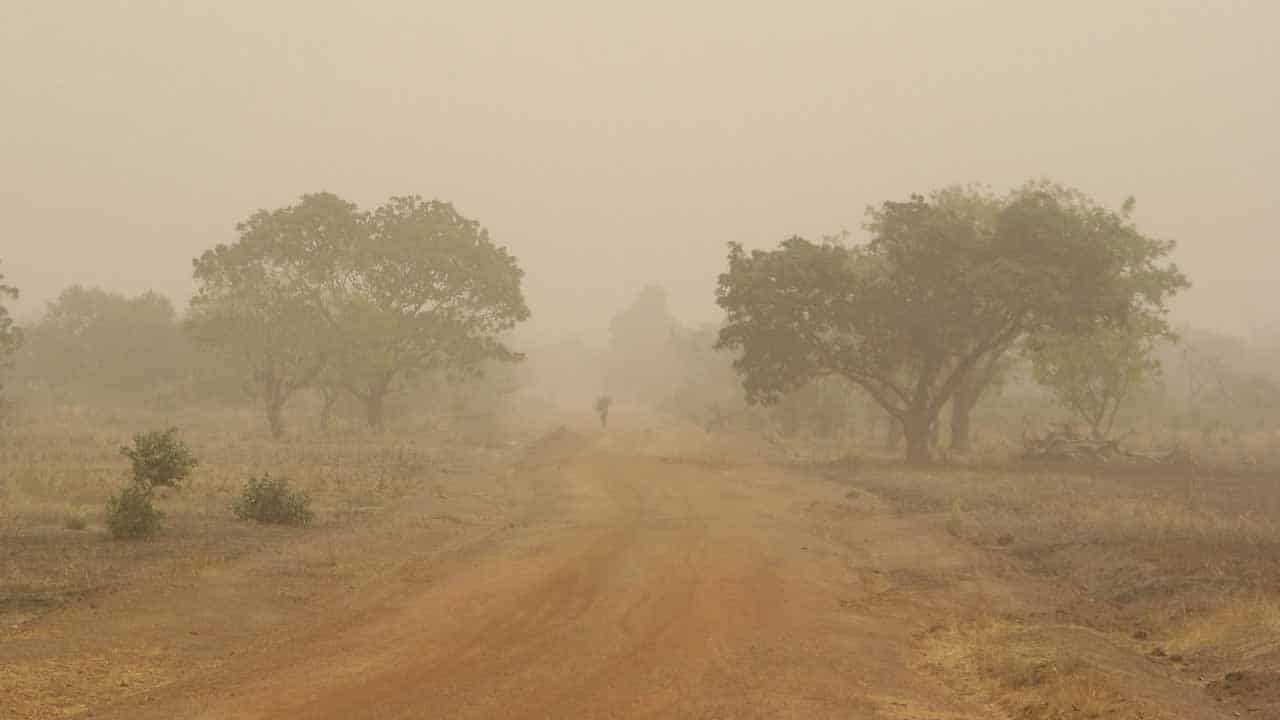
London — As mobile operators pivot their business to a more data centric future, lowering their CAPEX through shared infrastructure becomes ever more important. One of the key players - CSquared - brings together investment from Convergence Partners and Google. Russell Southwood talks to its new Group CEO Lanre Kolade about its future plans.
African MNOs are caught in CAPEX trap because they need to invest more in their data networks and the returns from data are more modest than for voice. There's a need for shared infrastructure through trusted third party providers, at every level: metro, national and pan-continental.
Some of the bigger and more competitive markets have local providers of this kind but overall they are not large numbers of them. At a pan-continental level, there are even fewer of them. As with tower sharing, the MNOs have been slow to change legacy attitudes: they might be willing to share large international fibre projects but national sharing has caused much more suspicion.
However, I sensed last year that the arguments were turning when I spoke to Senior Vice President Strategy and Development, Orange Middle East and Africa, Thomas Chalumeau who told me:"On the CAPEX question specifically, globally Africa is the continent that needs most (infrastructure). We are interested in both passive and active infrastructure sharing and will accelerate discussions with partners. We want to build a stronger agenda in this area".
Lanre Kolade also sees this change in attitudes feeding through to their business:"(The MNOs) view what we provide as complimentary because of the CAPEX issues they have. We offer the opportunity to share the risk and they are getting more receptive to the model".
CSquared is currently in three countries: Ghana, Liberia and Uganda. It has 1,000 + kms of metronet in Accra, 880 kms in Kampala and has opened 126 kms in Monrovia.
So where do things go from here?:"We need to scale the business from the 3 countries we have. We want to look at what opportunities are available and take advantage of those opportunities. There will be further roll-outs on the continent".
He wants to use the model of shared infrastructure to increase penetration (by operators) from sharing costs:"There's not sufficient demand for everyone to have their own infrastructure. There are plenty of possible economies of scale. We need to increase the network capillarity of the infrastructure we already have. We need to have connecting routes and network sharing from west to the east coast of the continent".
"We need connectivity and backbone that offers the ability to move capacity from the landing station inland and vice versa. We have both metronet and backbone infrastructure. We need to use consolidation to increase our existing portfolio with manageable assets".
This will involve the company increasing its footprint:" We're looking at West and Central Africa in general, where we see bigger connectivity gaps, due to the lack of sufficient and adequate infrastructure. We will try to address these gaps through our shared model. Examples would include Nigeria and Cote d'Ivoire but there are many more. Obviously, our priority countries will also align with the needs of the operators in those countries, so we are always listening to see where to partner with them".
It's also looking at how it might accelerate the delivery of Fibre-To-The-Home: "We would deliver to the curbside as a wholesale provider. We're also looking at whether to deliver to the last mile to the home itself but this will still be operated by the ISP as our model is open access in all the operating countries and this will continue for the foreseeable future as we scale".
"We would charge (the ISPs) by the connections made, a fee per household. The model in some countries is to look at a revenue share with ISPs where there are not so many people likely to take up an FTTH offer due to its costs of deployment".
It's also exploring inter-country fibre:"We're exploring opportunities to build this kind of backbone, in particular a Monrovia-Cote d'Ivoire border link, and we will continue to do swaps and lease capacity from others depending on the circumstances".
So what will the company look like in 2-3 years time?:"It will be more integrated. We will have connected as many towers as we are allowed to with fibre. We will have increased our footprint from three countries to 1-2 more because rolling out fibre takes time and in some markets we'll roll out FTTH".
"We want to collaborate with as many content delivery networks as possible and make sure that ISPs and IXPs are connected properly. We want to empower IXPs to work more efficiently. We will also partner to set up data centres and empower local content cloud providers on the continent".
Kolade is a long-time veteran of bandwidth supply starting with GS Telecom before it became Gateway and then finally with Vodacom Business. So I asked him what have been the biggest changes he's seen since he started in 2004:" There's more broadband penetration and also the shift from satellite to fibre. As a result, there have been significant drops in latency. Too many people don't remember what it was like before fibre came. If African countries continue to roll-out more fibre and develop local content, we'll be progressing in the right direction".
---
Sub-Saharan Africa’s Digital Landscape and its Top 11 Markets – data prices, smartphones, digital content and services and e-commerce will be published in Q2, 2019. The report examines in detail: actual levels of paid data use; data prices and how they are changing; current patterns of smartphone behavior use - going from small number of app uses to more complex, daily digital patterns; and e-commerce use.
It provides an overview of: Main Platforms Used and Advertising revenues; Social Media Platforms; Voice and Messaging Services; Media Platforms; Audio-Visual Services; Music Services; Payment and e-commerce Services and Other DigitalServices.
It covers the 11 Top Digital Landscapes in Sub-Saharan Africa: Nigeria ; South Africa; Kenya; Tanzania; Ghana; Ethiopia; Cote d'Ivoire; Angola; Senegal; Cameroon and Uganda. The report concludes by looking at the new type of business models required to promote new digital content and services.
If you're interested in either report, email me on [email protected] and I will email you details when it is published.
Read Full Story






















Facebook
Twitter
Pinterest
Instagram
Google+
YouTube
LinkedIn
RSS